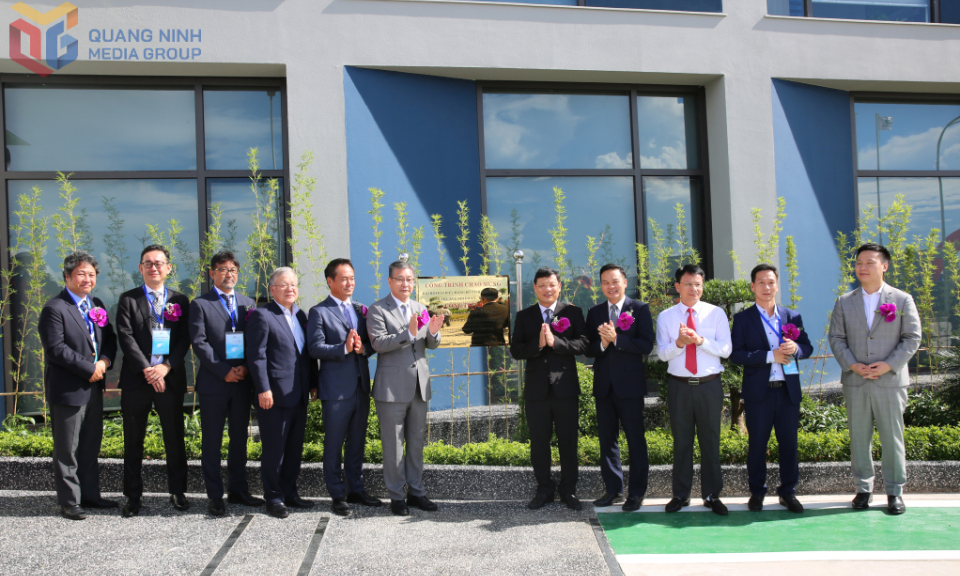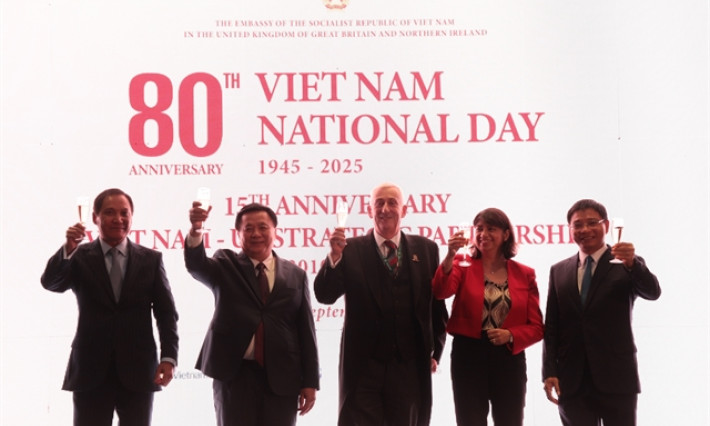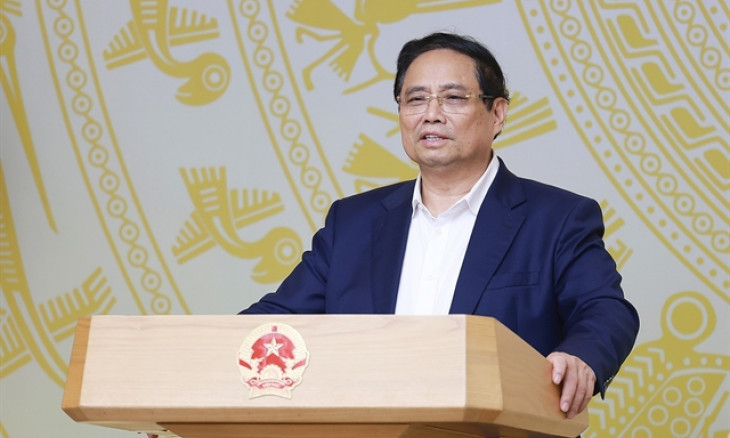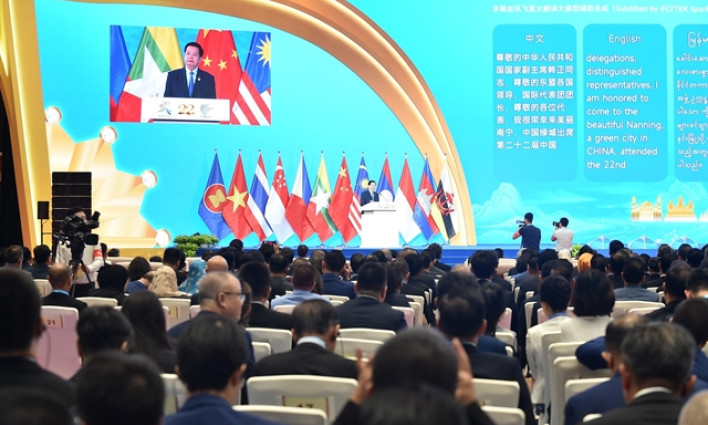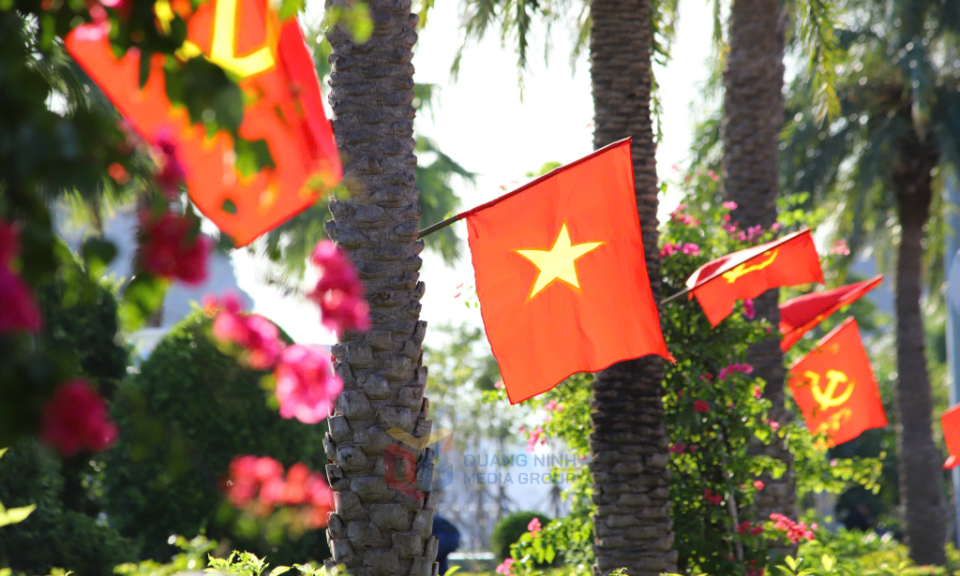Nation's largest firms the driving force for economic growth
The National Center for Socio-Economic Information and Forecast (NCIF) on Wednesday launched a workshop assessing the Top 500 Vietnamese largest private enterprises (VPE500).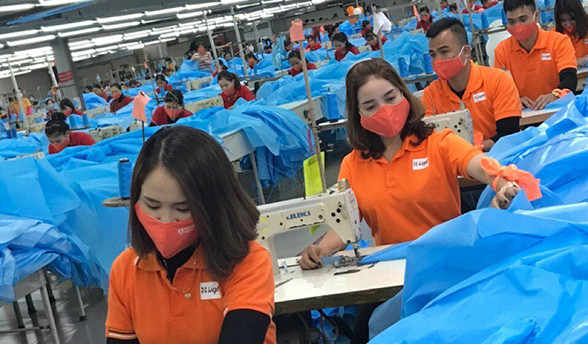
Opening the event, Lương Văn Khôi, deputy director of the NCIF under the Ministry of Planning and Investment (MPI), said that domestic private enterprises are playing a more and more crucial role in economic growth.
In 2019, Việt Nam had 668,503 enterprises, of which 647,632 were private, representing 96.88 per cent of total companies. Private enterprises contributed VNĐ15.127 trillion (US$64.7 billion) or 57 per cent of total net revenue, and hired 9.075 million employees, accounting for 59.9 per cent of the total employees in the country’s enterprise sector.
According to a report conducted by the NCIF and Konrad-Adenauer-Stiftung (KAS), the VPE500 outperforms local private enterprises in terms of size and average business results, as well as participation in import-export activities and business linkages.
During 2016-2019, the average labour size and total assets of VPE500 member enterprises were 83 and 132 times higher, respectively, than those of other private companies in general, while VPE500’s net revenue is also about 123 times higher.
The report said that the VPE500 is considered the driving force, influencing the market. And the group’s business results are seen as a thermometre of the corporate sector.
Economist Phạm Chi Lan also emphasised the importance of large businesses in the economy.
“It is clear that the number of enterprises with relatively large or large size is gradually growing. And large companies are significant to the growth of the economy. Because an economy that only relies on small and medium businesses with limited competitiveness can never expand,” Lan said.
The VPE500 not only has a stronger foundation in technology, equipment, and machinery than other private enterprises, but the source of these assets also differs, with a higher percentage of VPE500 members engaging in self-developed machinery activities and utilising advanced technology.
In addition, the group has a higher rate of automation and digitisation than the rest. It shows that large enterprises have been the driving force of the private sector in improving long-term productivity and technology development and application.
However, Director of NCIF Trần Toàn Thắng said that the VPE500’s labour productivity is not growing as fast as its size, indicating that the group is developing based on production expansion rather than depth.
Its labour productivity only increased by about 5.3 per cent, compared to 4.6 per cent of other private enterprises, and lower than that of the FDI sector and State-owned enterprises.
Nevertheless, the group’s short-term financial indicators, such as return on assets (ROA) or return on equity (ROE), are quite high when compared to other private enterprises.
While the VPE500 has spillover effects on productivity and salaries of other private enterprises, it also puts a certain pressure on them. In the same industry, the VPE500 harms the labour productivity of other private enterprises.
The report also showed that the VPE500 is concentrated in the two major economic centres of HCM City and Hà Nội (which account for nearly 50 per cent of the total), and some localities that have numerous industrial zones, such as Bình Dương, Đồng Nai, Hưng Yên, and Ninh Bình provinces. In general, the VPE500 is formed based on advantages in local infrastructure, resources, and markets.
But the entry-exit ratio of the group members is quite high, according to the report. On average, more than 20 per cent of this year’s VPE500 list will not appear in next year's, and about 10 per cent of the VPE500 enterprises will only appear once a year.
As one of the companies expanding from a small to large size, Hồ Gươm Garment Company understands the hardship that every firm has to go through, especially in administrative formalities which add extra expenses for companies, according to the company's representative.
Florian Constantin Feyerabend, resident representative of KAS Việt Nam, hopes that the report can contribute to the creation of regulations to boost the development of the country’s economy and companies in particular.
The NCIF-KAS’s report on VPE500 is different from current business ranking methods. The Top 500 list was identified based on three criteria – labour size, total assets, and revenue.

